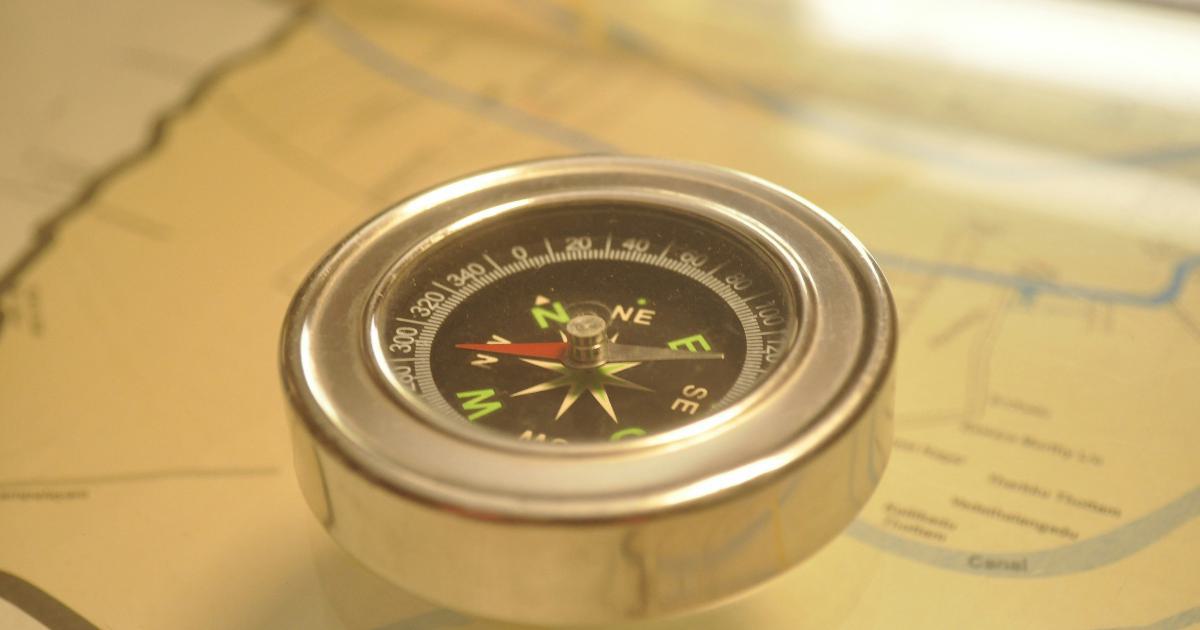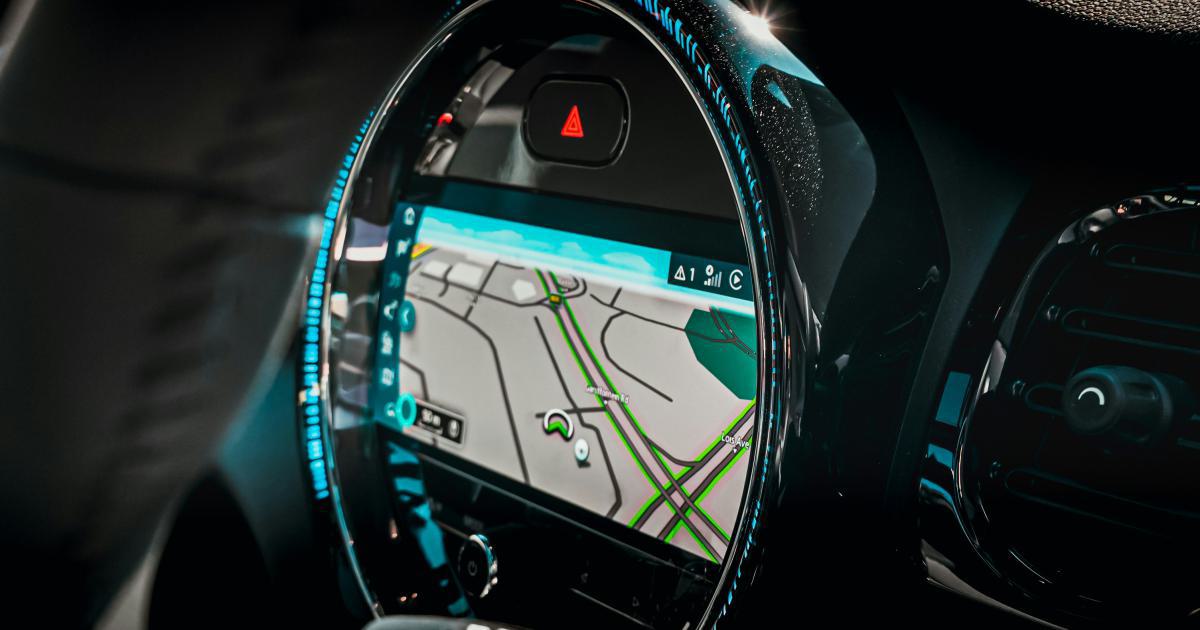Boost Conversion by 35%: Personalized Navigation Paths Through User Behavior Analysis


Introduction
In today's competitive digital landscape, capturing and retaining user attention is paramount for business success. As consumers become increasingly discerning and their expectations rise, the need for a personalized, seamless user experience has never been more crucial. One powerful strategy to drive engagement and conversions is to leverage personalized navigation paths based on in-depth user behavior analysis.

By understanding how users interact with your website or app, you can tailor their journey to match their preferences and needs, leading to a significant boost in conversion rates. In this comprehensive article, we'll explore the key principles and practical steps to implement a personalized navigation strategy that can increase your conversion rates by up to 35%.
The Importance of Personalized Navigation
In an era of information overload, users crave a streamlined, intuitive experience that anticipates their needs and preferences. Traditional one-size-fits-all navigation often falls short, leaving users feeling lost, frustrated, and more likely to abandon your site or app.
"Personalization is no longer a nice-to-have - it's a must-have for businesses looking to stay competitive in today's digital landscape." - Forrester Research
Implementing a personalized navigation strategy can yield significant benefits, including:
Improved User Engagement: By guiding users to the content and features most relevant to their interests and behavior, you can increase time spent on-site, reduce bounce rates, and foster a deeper connection with your brand.
Higher Conversion Rates: Personalized navigation pathways optimize the customer journey, making it easier for users to find and convert on your desired actions, whether that's making a purchase, signing up for a newsletter, or completing a lead form.
Increased Customer Loyalty: When users feel that a brand understands and caters to their individual needs, they are more likely to become loyal, repeat customers who advocate for your products or services.
Enhanced Business Insights: Analyzing user behavior data can provide valuable insights into customer preferences, pain points, and purchase patterns, enabling you to make data-driven decisions to continuously improve the user experience.
Understanding User Behavior
The foundation of an effective personalized navigation strategy lies in comprehensive user behavior analysis. By collecting and analyzing data on how users interact with your digital properties, you can uncover valuable insights to guide your personalization efforts.

Some key metrics and data points to consider include:
- Navigation Patterns: Track how users move through your website or app, identifying common paths, drop-off points, and areas of confusion or friction.
- Engagement Metrics: Monitor metrics such as time on page, bounce rate, and session duration to gauge user interest and satisfaction.
- Conversion Rates: Analyze conversion data for various actions, such as purchases, form submissions, or content downloads, to understand what drives users to take desired actions.
- Device and Browser Usage: Understand which devices and browsers your users prefer, as this can inform the design and functionality of your personalized navigation.
- Demographic and Psychographic Data: Collect and analyze user profile information, such as age, location, interests, and behaviors, to segment your audience and tailor the experience accordingly.
By gaining a deep understanding of your users' behavior, preferences, and pain points, you can start to design personalized navigation paths that streamline their journey and drive greater conversion.
Implementing Personalized Navigation Paths
To implement a successful personalized navigation strategy, follow these key steps:
1. Segment Your Audience
Effective personalization begins with audience segmentation. Divide your users into distinct groups based on shared characteristics, behaviors, and preferences. This may include factors such as:
- Demographic data: Age, gender, location, income level, etc.
- Psychographic data: Interests, values, lifestyle, personality traits, etc.
- Behavioral data: Navigation patterns, conversion actions, device usage, etc.

By creating targeted user segments, you can tailor the navigation experience to better match the needs and expectations of each group.
2. Analyze Navigation Patterns
Dive deep into your users' navigation patterns to identify common paths, pain points, and opportunities for optimization. Use tools like heatmaps, session recordings, and funnel analysis to visualize and understand user behavior.

Look for patterns such as:
- High-traffic pages: Identify the most visited areas of your website or app and ensure they are easily accessible and intuitive to navigate.
- Frequent drop-off points: Pinpoint areas where users tend to abandon their journey and address any potential friction or confusion.
- Conversion bottlenecks: Analyze the steps leading up to your desired conversion actions and streamline the process for a seamless user experience.
3. Personalize the Navigation Experience
Armed with your audience segmentation and navigation insights, you can now begin tailoring the user experience to each individual or user group. Implement personalized navigation features such as:
Adaptive Menus: Dynamically adjust the main navigation menu to highlight the most relevant options based on the user's browsing history, interests, or current context.

Personalized Recommendations: Suggest related products, content, or features that align with the user's preferences and browsing behavior.

Contextual Calls-to-Action: Present targeted calls-to-action that encourage users to take the next step in their journey, based on their current position and actions.

Smart Search and Filtering: Provide intelligent search and filtering functionalities that surface the most relevant results based on the user's intent and previous interactions.

Personalized Onboarding: Guide new users through a tailored onboarding experience that introduces them to the most relevant features and content based on their profile and goals.

4. Continuously Optimize and Iterate
Personalization is an ongoing process, not a one-time project. Continuously monitor and analyze user behavior, gather feedback, and make iterative improvements to your personalized navigation strategy.

Some key steps in this process include:
- A/B Testing: Experiment with different personalization approaches and measure their impact on key metrics like conversion rate, engagement, and user satisfaction.
- User Feedback: Collect and analyze feedback from your users to identify pain points, understand their needs, and inform future enhancements.
- Performance Tracking: Regularly review the effectiveness of your personalized navigation features and make adjustments as needed to maintain optimal performance.
- Technological Advancements: Stay up-to-date with the latest personalization technologies and techniques to ensure your approach remains cutting-edge and competitive.
By following this comprehensive framework, you can create personalized navigation paths that seamlessly guide users through your digital ecosystem, resulting in a significant boost in conversion rates and overall user satisfaction.
Overcoming Challenges and Addressing Concerns
While the benefits of personalized navigation are compelling, there are also some challenges and potential concerns to address:
Data Privacy and Security
As you collect and leverage user data to power your personalization efforts, it's crucial to ensure compliance with data privacy regulations, such as GDPR and CCPA. Implement robust data security measures and be transparent about your data collection and usage practices to build trust with your users.
Technical Complexity
Implementing a personalized navigation strategy may involve integrating various tools and technologies, such as customer data platforms, recommendation engines, and personalization platforms. Ensure that your team has the necessary skills and resources to handle the technical complexity of these integrations.
Avoiding Over-Personalization
While personalization can enhance the user experience, there is a risk of over-personalizing to the point where users feel their choices are being overly restricted or their privacy is being violated. Strike a balance between providing a tailored experience and maintaining user autonomy and control.
Maintaining Consistency
As you personalize various aspects of the navigation experience, it's important to maintain a consistent visual and functional design across all touchpoints. Ensure that your personalized features seamlessly integrate with the overall brand identity and user interface.
Ongoing Optimization and Iteration
Personalized navigation is an iterative process that requires continuous monitoring, testing, and refinement. Allocate the necessary resources and commitment to ensure the long-term success of your personalization efforts.
Practical Applications and Real-World Examples
Personalized navigation paths have been successfully implemented across various industries, leading to impressive results. Let's explore a few real-world examples:
E-commerce: Personalized Product Recommendations
An online retail store leveraged user behavior analysis to provide personalized product recommendations within its navigation menu. By analyzing customer browsing and purchase history, the store was able to surface relevant products that were more likely to drive conversions. This strategy resulted in a 27% increase in average order value and a 19% boost in overall revenue.

SaaS: Tailored Onboarding Experiences
A software-as-a-service (SaaS) platform implemented a personalized onboarding experience for new users. By gathering information about the user's goals and pain points during the signup process, the platform was able to customize the initial navigation and feature presentation. This led to a 35% increase in user activation rates and a 22% reduction in churn within the first 90 days.

Media: Contextual Content Recommendations
A news and media website used user behavior analysis to provide personalized content recommendations within its navigation menu. By tracking user interests, reading habits, and device usage, the website was able to suggest relevant articles, videos, and podcasts. This strategy resulted in a 42% increase in average session duration and a 28% boost in overall content engagement.

These examples illustrate the tangible benefits of implementing personalized navigation paths, showcasing significant improvements in key metrics such as conversion rates, user engagement, and customer loyalty.
Conclusion
In today's competitive digital landscape, providing a personalized user experience is no longer a luxury, but a necessity. By leveraging user behavior analysis to create tailored navigation paths, businesses can unlock a powerful opportunity to boost conversion rates by up to 35%.
Through audience segmentation, navigation pattern analysis, and the implementation of personalized features, you can guide users seamlessly through your digital ecosystem, catering to their individual needs and preferences. By continuously optimizing and iterating on your personalization strategy, you can foster deeper user engagement, drive higher conversions, and cultivate long-lasting customer loyalty.
As you embark on your personalized navigation journey, remember to balance innovation with best practices, address data privacy concerns, and maintain a consistent user experience. With the right approach and commitment, you can unlock the full potential of personalized navigation to propel your business to new heights of success.
Further Reading
- The Forrester Wave: Real-Time Interaction Management, Q4 2020
- The Personalization Maturity Curve: How Brands Can Evolve Their Personalization Capabilities
- Designing Personalized User Experiences: A Comprehensive Guide
- The Future of Personalization and the Age of Relevance